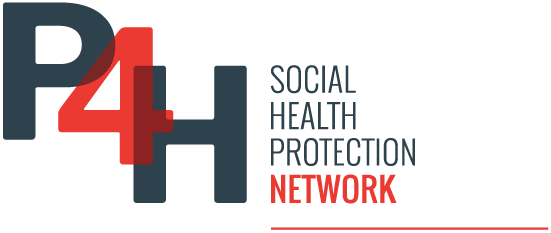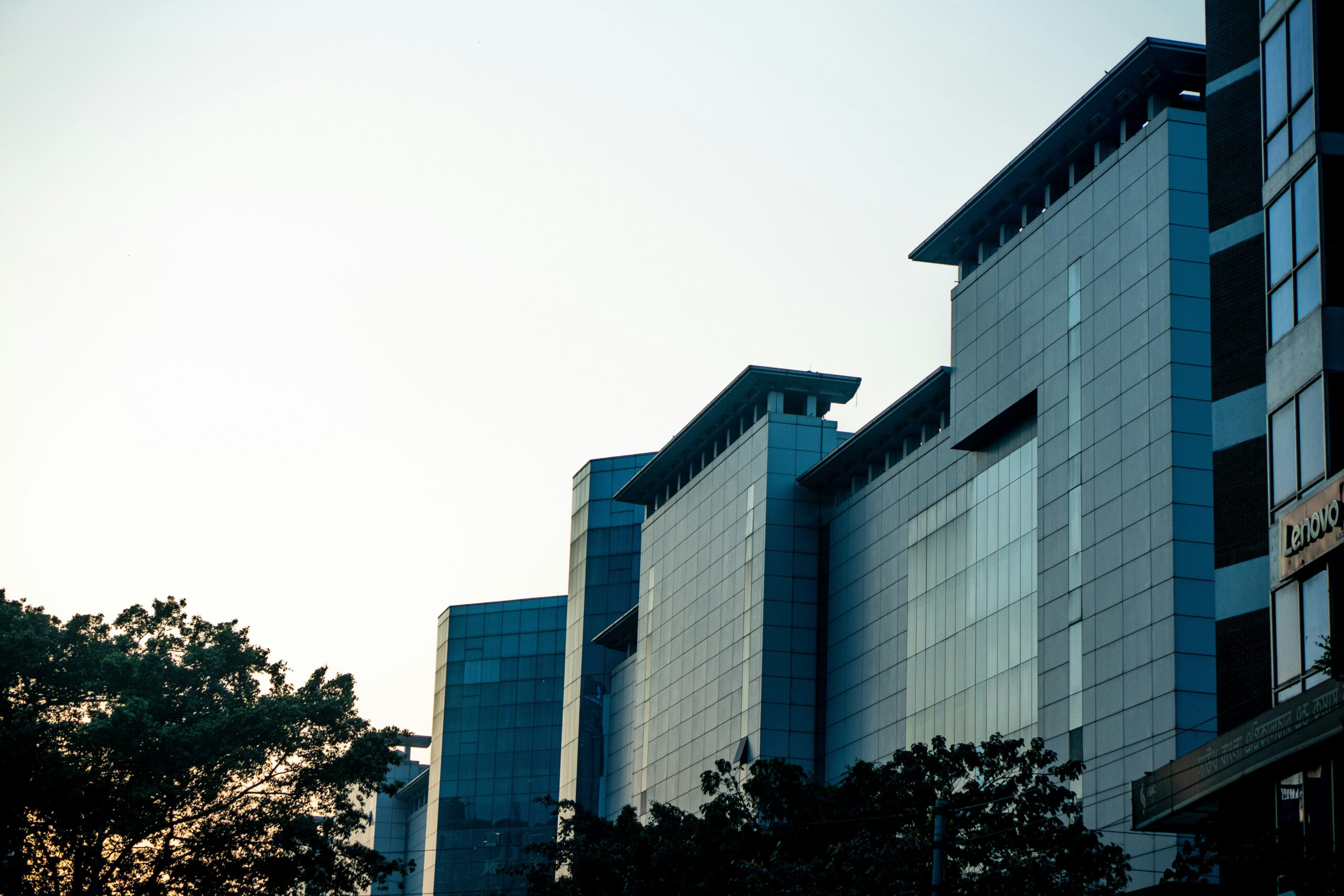India’s healthcare financing is plagued by high out-of-pocket spending and inefficient claim settlements, forcing many into debt. A coordinated IRDAI-RBI “Affordability Pact” is needed to integrate digital payments, cashless networks, and financing solutions, making health insurance truly accessible and reducing financial hardship for patients nationwide.
India’s healthcare system stands at a troubling juncture where rapid economic advancement coexists with deep financial strain on households. Despite progress in growth and technology, the nation’s healthcare financing model continues to drive poverty. Out-of-pocket (OOP) expenditure—amounting to nearly 50 per cent of total health spending according to WHO 2024 estimates—remains among the highest globally. The flawed insurance claim settlement process worsens the problem, forcing patients to pay upfront for medical care before being reimbursed later. The IRDAI Annual Report for FY2023-24 highlights this structural failure: of Rs 83,493 crore in total claims settled, Rs 28,247 crore—about one-third—were reimbursements that required patients to pay first and recover later. This figure has surged from Rs 16,000 crore in 2018-19, reflecting a deteriorating trend that undermines the purpose of health insurance.
Industry experts, including Saurabh Soni of DigiSparsh, note that India’s system largely runs on a “cash-and-reimbursement” model that lags behind the rest of the country’s digital revolution. The rapid expansion of hospitals without a matching growth of cashless networks further forces patients into upfront spending. A single policy reform from IRDAI or the Reserve Bank of India (RBI) cannot resolve this issue; what is needed is a coordinated “Affordability Pact” between these institutions to integrate health insurance with digital banking and credit systems.
This proposed pact rests on six pillars aimed at reducing OOP burdens through financial and technological integration. It envisions an integrated health finance ecosystem connecting UPI, credit lines, and health wallets to insurers’ real-time systems to make cashless-first packages the norm. It also proposes linking healthcare credit with insurance, allowing patients to access interest-free credit lines from regulated NBFCs or banks for 60–90 days until insurers reimburse hospitals directly. Expanding the universal cashless network through same-day digital settlements via regulated escrow mechanisms would strengthen hospital trust and reduce reliance on cash.
Further, data-driven health risk and credit scoring models could allow fairer premiums and personalized financial access, while digital claim exchanges such as the National Health Claim Exchange (NHCX) could accelerate settlement processes. Finally, a joint IRDAI-RBI sandbox would create a safe space for fintech and insurtech innovations such as claim financing and medical BNPL products. Together, these reforms could dissolve financial barriers in healthcare, transforming health insurance from a delayed reimbursement mechanism into an immediate safety net that ensures liquidity, dignity, and timely access to treatment for all Indians.



